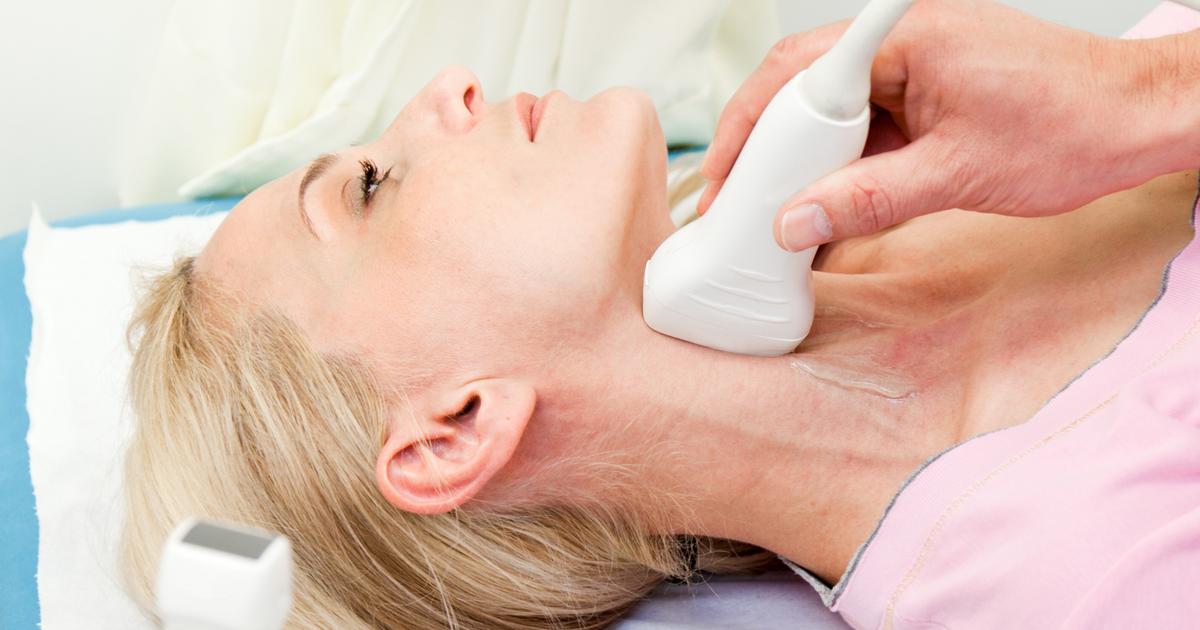How To Treat Paroxysmal Supraventricular Tachycardia
Carotid Sinus Massage

In settings where a medical professional is present and an affected individual experiences a PSVT episode, a carotid sinus massage may be able to treat their symptoms. The carotid sinus is a spot of local swelling in the carotid artery that manages and adjusts an individual's blood pressure at times when it becomes too high or low. This type of massage is performed by placing pressure with a circular motion on the carotid sinus for approximately ten seconds. This technique should only be used when administered by a physician and with monitoring of the patient's heart rate and blood pressure throughout. This maneuver is used to stimulate a decrease in heart rate at times when an individual has symptoms to produce an effective interruption and termination of the episode. Not all PSVT patients are good candidates for this type of maneuver. Individuals also affected by chronic hypotension, carotid arterial stenosis, history of blood clots, and a history of smoking should not use this method as a treatment for their symptoms.
Cardioversion

Some cases of symptomatic PSVT in affected individuals require treatment through a procedure called electrical cardioversion. Electrical cardioversion is the use of electrical shocks to restore a normal heart rhythm. This is a procedure performed in a hospital setting under the effects of intravenous sedation. Large patches containing electrodes are placed on the patient's chest and are connected to a device called a cardioversion machine. This machine is a type of specialized defibrillator with the ability to record the patient's heart rhythm during the procedure. It also delivers electrical shocks to the heart to help restore a normal heart rhythm. This machine is also capable of correcting bradycardia following the cardioversion procedure if that complication occurs. Some individuals with PSVT will require repeat cardioversion procedures to maintain normal heart rhythm. The concept behind this treatment is similar to how a portable defibrillator works in the event of a cardiac emergency, but it is done in a more carefully controlled and monitored process.
